
Over the last 15 years, Halloween has become a major cultural event and has grown to be the second-largest commercial holiday in the country. According to the National Retail Federation, consumers spent approximately $9 billion on Halloween in 2019. Even during COVID, when spending was down, the average amount spent on Halloween items was $92 per person. This means, consumers are not only willing to spend, but they are actively looking and seeking. The merchandiser’s job is to not miss this opportunity by making sure the consumer finds what they are looking for. Here are 5 tricks you can use for Halloween point of purchase.
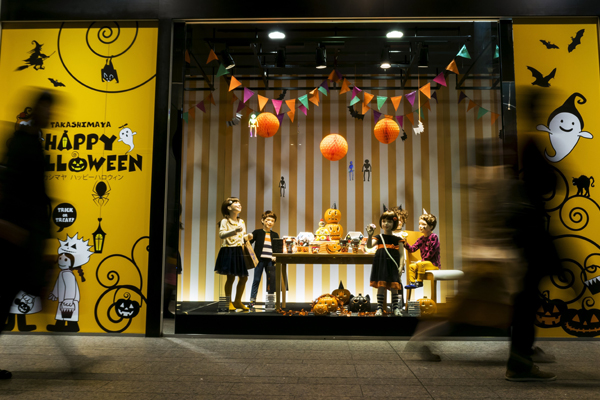
1. Strategic timing
Typically, about 80 percent of Americans finish their Halloween shopping by mid-October. Make the most out of your Halloween marketing campaign by being ready about 3-5 months in advance of October. On the reverse side of this statistic, we see that 20% of Americans are last-minute shopping. This is a huge and relatively specific market you can target. Regardless of the strategic timing of your merchandising, you need to make to set incremental deadlines for yourself and articulate them to your team, printers, vendors, etc.
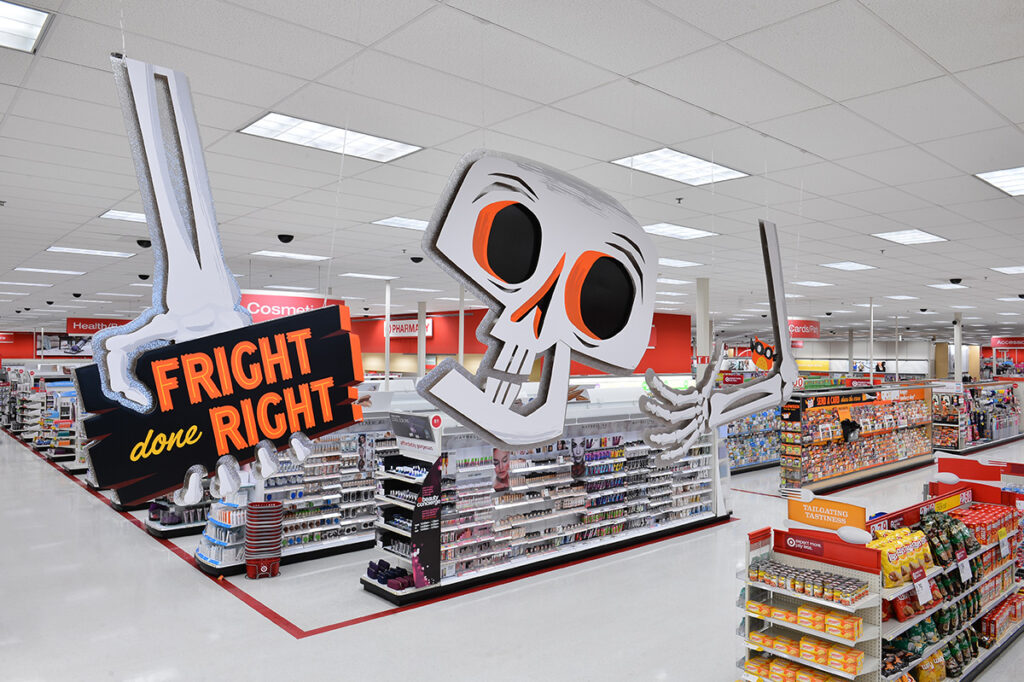
2. Simplicity = Profitability?
A simple design is not sexy, FALSE.
“Good design is obvious. Great design is transparent.” – Joe Sparano
There is a huge difference between boring and simple. Simplicity is removing the clutter. The more simple (i.e less complex) a display is, the less likely it will be to have unforeseen problems. For example, a customer came to us with a display that was 12 different parts. There are a lot of variables that could cause problems when you have unnecessary parts (ex. inefficient/costly shipping, improper setting up). We noticed that most of the extra parts were structural, which is oftentimes, a sign of an inefficient foundational design. We redesigned it to still look the same but require only 4 parts. That simple step immediately created dramatic cost and time savings.
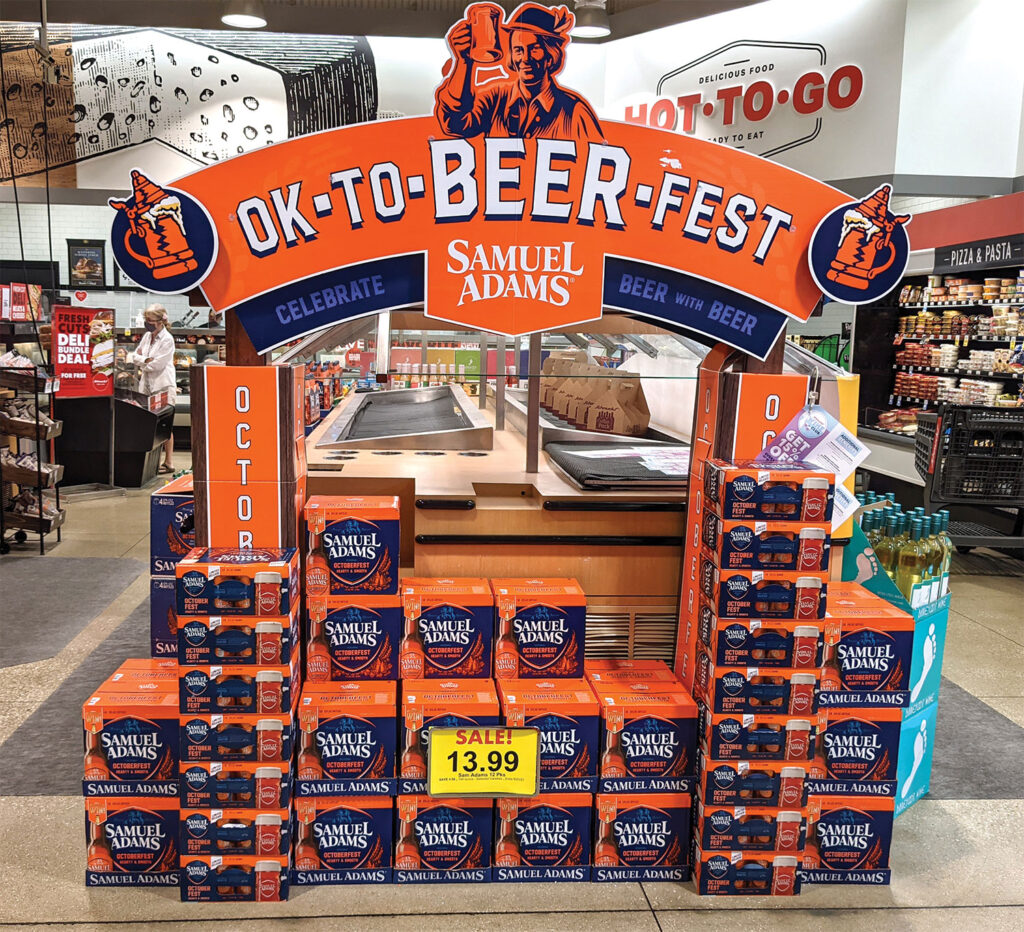
3. Utilize your packaging!
Kill two birds with one stone by using your packaging as a display. In the project above the display is made up of mostly packaging, but you can hardly tell. Product packaging is instinctively inviting and you can subtly use it to your benefit. Additionally, the cost goes down when you have fewer display parts.
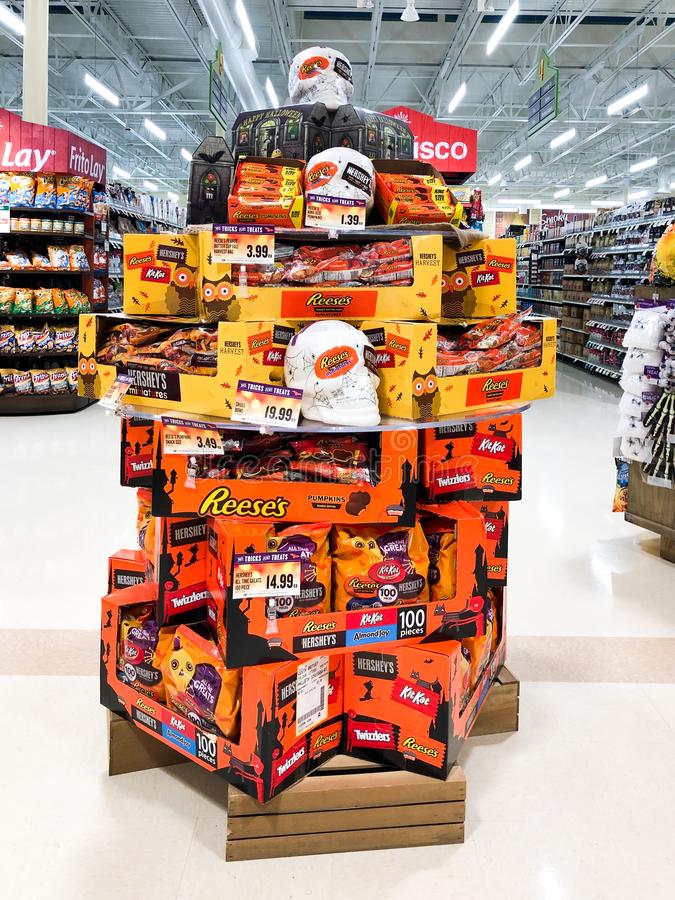
4. Utilize Unique Structures
An age-old trick to grabbing shoppers’ attention fast is unique structures. It’s an oldy but a goody because you are breaking expectations of what a display looks like. POP displays that are shaped like different objects or interesting geometric shapes not only stand out from the shelves but from other displays as well. The nice part about Halloween is that you can still keep a sense of familiarity when creating these unique structures by using seasonal-related shapes. Typically, this would be the downside of a unique structure but is not a factor during this time (if done correctly).
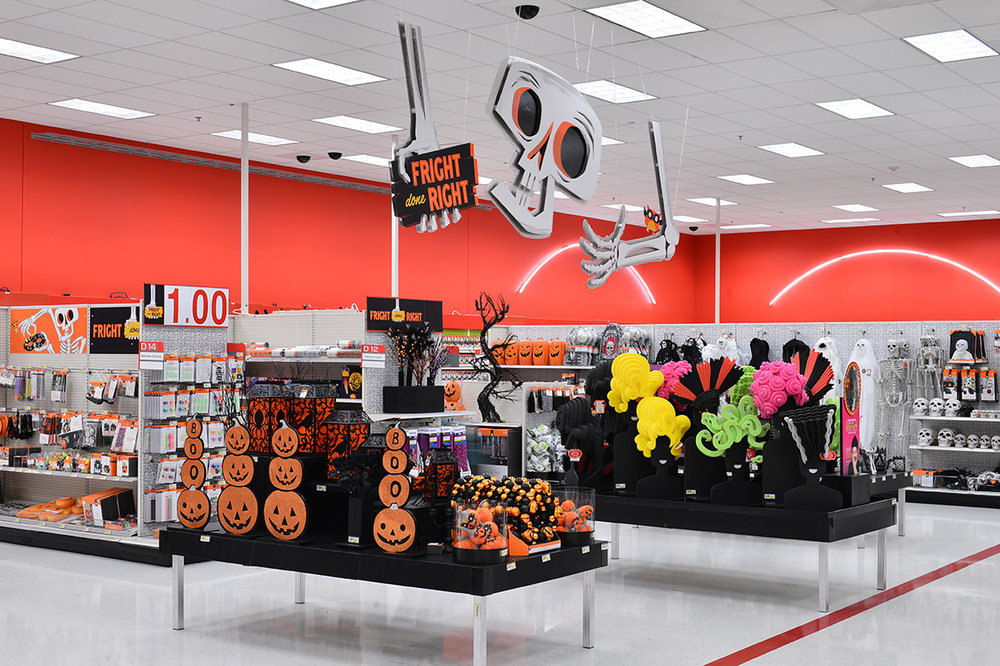
5. Provide an Experience
Customer experience is obviously extremely important. A good display design grabs consumers’ attention, while a great display design, encourages engagement and makes a lasting impression. One of the ways you get a lasting impression is through a unique experience. Halloween is unique because it is already a very impressionistic holiday. When you are merchandising it is best to build upon the groundwork that has already been laid. Tap into some of the pre-existing Halloween experiences like going into haunted houses or carving a pumpkin. A great example is the display below. Underneath the floor graphic is a button that triggers the display to come to life (which happens to be Frankenstein). Obviously, you don’t want it to be too scary, unless that is your brand positioning, but it is a great example of how you can provide a memorable experience by tapping into the classic Halloween tropes and experiences we all know and love.
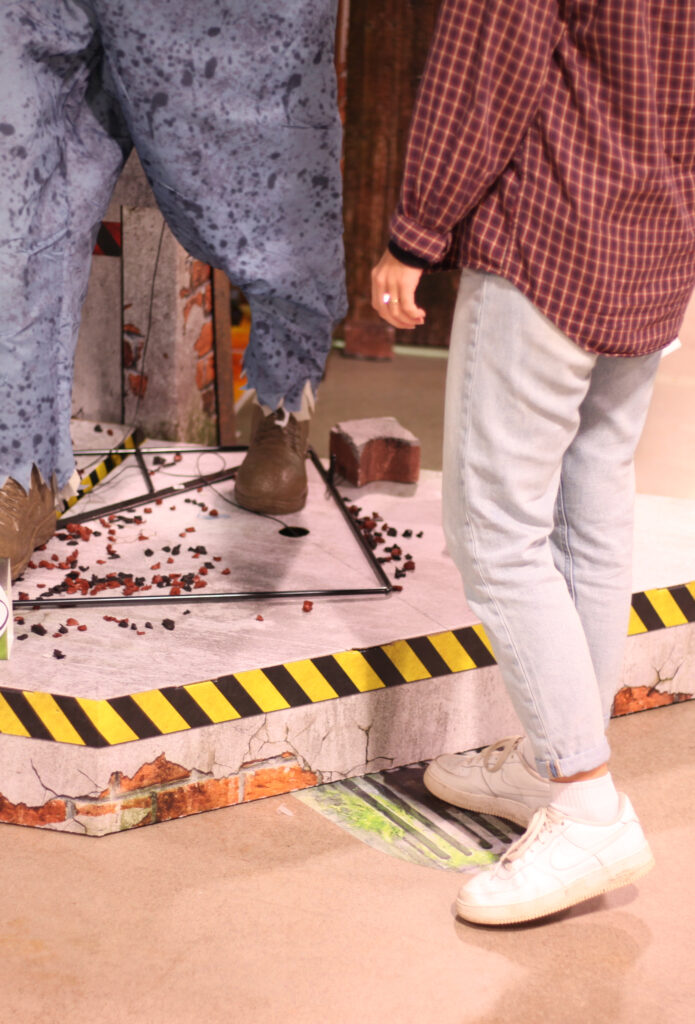
We want you to grow your revenue and we want you, personally and within your career, to win! Impulse buying is awesome, but it takes more than just good artwork, or a well-structured design to get a consumer to buy a product. It’s a yummy balanced recipe of manufacturing cost, placement, design, time, etc. We are here to help!
